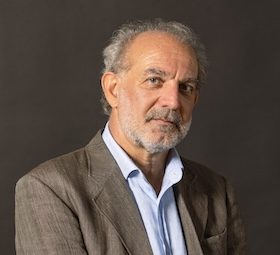
Davide is an architect and director of TA Tuning Architecture in Milan, a team involved in applying neuroscience to the design of buildings and urban spaces. He is the founder and director of the Neuroscience Applied to Architectural Design post-graduate program at the IUAV University of Venice. Davide is also a director and co-founder of an architecture magazine Intertwining and author of the book Tuning Architecture with Humans.
Natalia Olszewska: How did you become interested in the application of neuroscience in architecture?
Davide Ruzzon: I’ve always been interested in psychology. At the end of college, I was tempted to pursue a psychological route at the university in Padua. However, I decided to enroll in the architectural university because my father, being a builder, influenced me in that direction. I happily embraced this path during my life.
The passion for human behaviors, needs, and complexity always interested me. I read Freud and explored classical psychology approaches. Around twelve years ago, I met Juhani Palasmaa at a book festival. We connected over a glass of red wine, and he urged me to pay attention to neuroscience, describing it as intriguing.
This resonated with my existing interest in Louis Kahn’s exploration of the shape of places accommodating diverse human behaviors and experiences. In phenomenological terms, humans are deeply influenced by forms, as demonstrated by Christian Norberg Schulz.
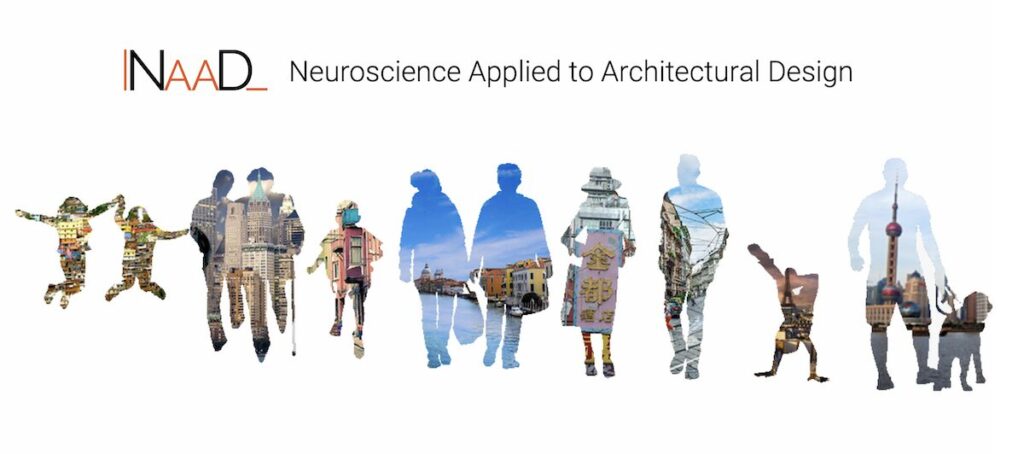
I started connecting the forms of different typologies — the places to learn, heal, and dwell, with human behaviors and feelings. I asked myself a question – should there be differences beyond functional programs based on this? I pondered these questions when Palasmaa suggested focusing on neuroscience.
The first book I read was Damasio’s “Descartes’ Error,” and it exploded my understanding. I invited Damasio to Venice for a lesson last year, and we’re in contact. This journey reflects my interest — a convergence of psychology, phenomenology, and neuroscience.
Founding the NAAD University Program
Natalia: You’ve outlined your journey—interest in psychology, meeting Palasmaa, reading Damasio. How did the decision to start your academic program at the university unfold?
Davide: After delving into some foundational books on the subject, I realized the potential connection between neuroscience and architecture. This realization prompted me to discuss the idea with the dean at that time, Alberto Ferlenga, an architecture historian.
I proposed the concept of organizing a master course that aimed not only to talk about technological and scientific innovation but above all to reintegrate a humanistic approach into architectural design through neuroscience.
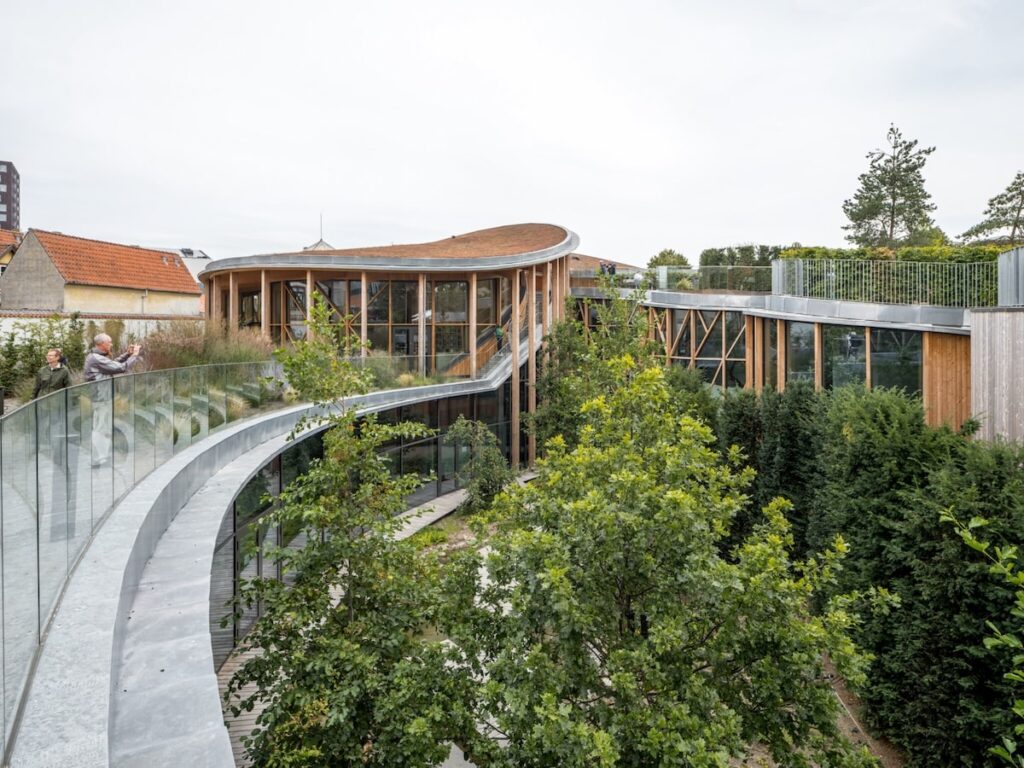
The key aspect was addressing the profound question of how the shapes of our environment influence individual and social behavior, emphasizing the role of memory.
Buildings, in a way, serve as external memory, encapsulating our past experiences. The goal was to bridge contemporary decision-making with our extensive human development trajectory.
Alberto accepted the proposal not because I sought a radical technological direction but because we were addressing a fundamental question about how our environment shapes behavior and memory.
This humanistic approach, nestled within a seemingly scientific framework, played a crucial role in securing a place for the master’s program within the university.
It’s essential for those interested in the intersection of neuroscience and architecture to understand that neuroscience is not the ultimate authority. Rather, it serves as a means to achieve a humanistic understanding of the reasons behind designing and creating artificial environments for humans.
Where to Start With Neuroscience as an Architect?
Michal Matlon: For someone in architecture or a student unfamiliar with neuroscience or environmental psychology, where would you recommend they begin?
Davide: The starting point, in my opinion, could be my book Tuning Architecture with Humans. I attempted to merge diverse elements – neuroscience, philosophy, and architecture – offering a comprehensive understanding of the evolutionary dimension.
Evolutionary insights are essential, as they underpin our relationship with the built environment. While my book may be challenging to read, it addresses the risk of superficial discussions on well-known topics, ensuring a deeper exploration.
An experience of space never starts without an implicit, pre-reflective, and emotionally charged expectation.
Michal: What are two or three key ideas for individuals interested in applying neuroscience to architecture? What concepts or mindsets should they grasp?
Davide: Firstly, consider expectations. An experience of space never starts without an implicit, pre-reflective, and emotionally charged expectation. This emotional dimension is projected outward, triggering perception from within our body, not just the brain. The starting point is internal.
The second essential element is linked to the scales of perception. As different spaces trigger various perceptions, as individuals traverse different scales, the rules of perception change.
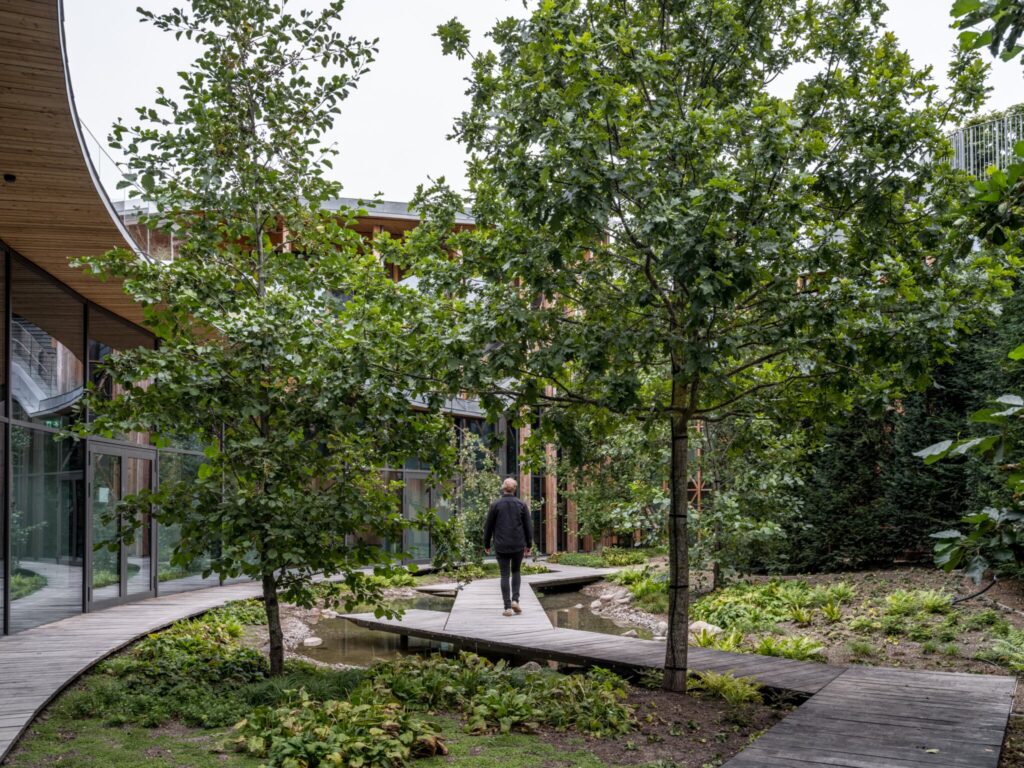
For instance, in a public space, a building is perceived as a two-dimensional symbolic shape, evoking symbolic memories. However, as one approaches, the perception shifts to a three-dimensional experience, altering the embodiment.
The transition continues as the person enters the building, revealing diverse ways of perceiving the space. Integrating or disintegrating these scales can markedly influence the architecture.
Thirdly, delve into the bodily dimension of emotions, particularly the background bodily emotions or interoceptive dimension. Rather than focusing solely on basic or social emotions, we emphasize the physiological signature and the sensation within our bodies.
The environment plays a pivotal role in modifying the outward projection of emotions during activities, creating an atmosphere that can either align or disconnect with our expectations.
Seeking consistency among scales of perception is crucial for creating a memorable architectural experience.
Michal: It seems the common thread is achieving fluency and integration in different perceptual aspects. Can you elaborate on this fluidity?
Davide: Certainly. Seeking consistency among scales of perception is crucial for creating a memorable architectural experience. Repetition of the same physiological signature across different scales facilitates memory.
Although creating surprise or wonder by deliberately introducing contradictions is possible, it demands exceptional architectural skill. I emphasize continuity between scales, reinforcing the temporal line and making it easier for individuals to memorize and recall spatial experiences.
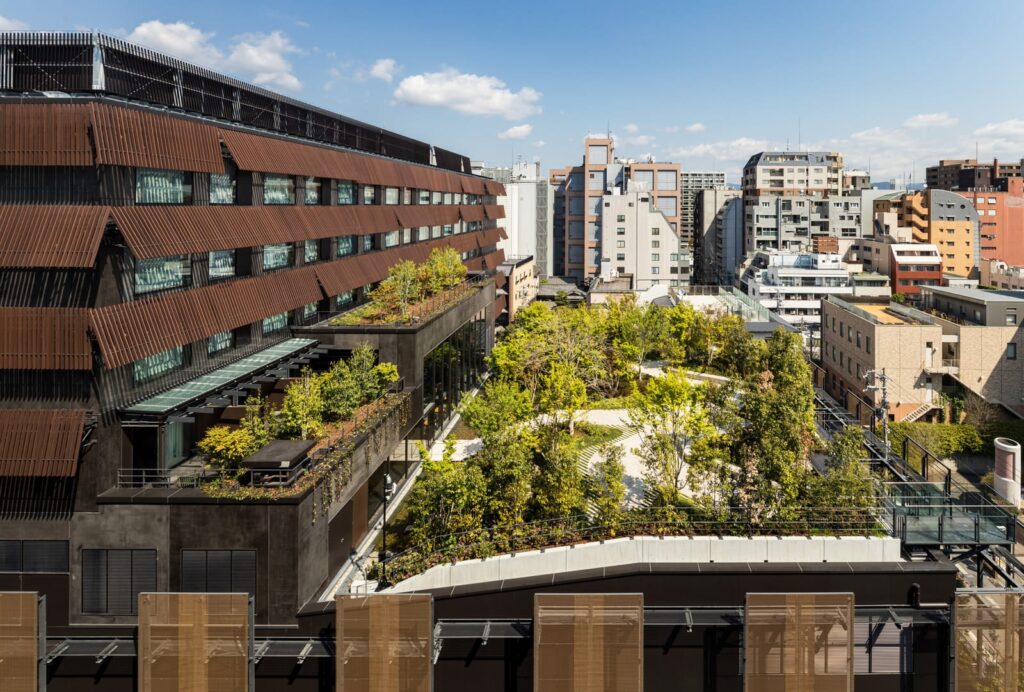
In some cases, designers may opt for discontinuity, strategically using contradictions to convey specific messages. However, I advise approaching this cautiously, as maintaining continuity is generally more effective for strengthening humans’ capacity to memorize events over time. It’s a delicate balance, and while the challenging approach is feasible, continuity is often the wiser choice.
Natalia: Regarding the Venice program, with over seventy graduates now, do you consider it successful, transformative, and how has the interdisciplinary dialogue contributed to students’ education and outcomes?
Davide: The program has indeed been successful. A recent survey showed that around two-thirds of the participants are genuinely satisfied, with only fifteen percent expressing dissatisfaction. Many graduates, at the end of their journey, find themselves content, and the survey results align with this.
The satisfaction stems from various factors, including the transformation of their careers. Participants often come with an existing interest in psychology or neuroscience, seeking a different approach to design. Some strengthen their intuitive, human-centric design approach, while others undergo complete career shifts.
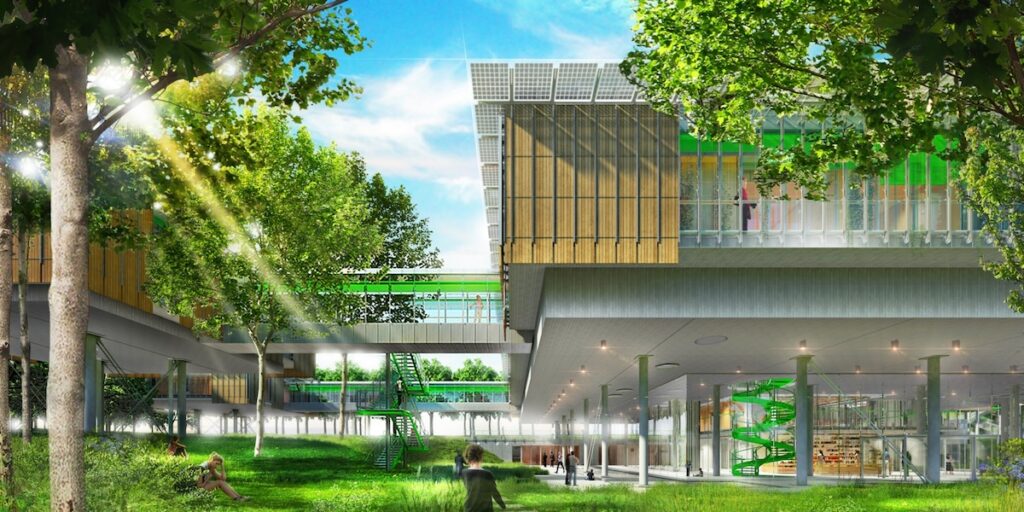
A substantial percentage, including those from the last edition, reported positive outcomes like securing jobs or embarking on academic paths.
For instance, one student secured a placement at Foster and Partners in London during the required curricular stage, eventually leading to employment. The positive impact extends to academic careers and substantial career changes. The feedback and tangible results from participants affirm the success and relevance of the program.
Michal: Looking forward, do you anticipate other universities adopting a similar interdisciplinary approach? Can ordinary architecture schools integrate this mindset and knowledge into their teaching?
Davide: The demand for this new approach is evident, and I believe other universities will recognize and respond to it. While currently, postgraduate courses like ours don’t exist, apart from shorter courses offered across the world, I foresee more universities incorporating neuroscience and psychology into their standard architecture programs.
It’s crucial to create tools that architects can easily grasp, fostering a connection between the theoretical and practical dimensions.
Environmental psychology is already part of some curricula, and the next step could involve updating these courses to include a more neurobiological approach to design. It might be a gradual shift, with universities hiring or empowering existing professors to teach psychology and neuroscience alongside architecture.
In the near future, as the demand for this interdisciplinary approach grows, more universities may open courses similar to ours, enriching their programs and responding to the evolving needs of the field.
Michal: How do you ensure that this knowledge is accessible and useful to architects and architecture students?
Davide: My primary role involves translating neuroscience into practical terms for professionals. Creating clear, and concise protocols that are easily understood is key.
These protocols serve as a simplified representation, a bridge between the architects and the complex neuroscience knowledge. It’s crucial to create tools that architects can easily grasp, fostering a connection between the theoretical and practical dimensions.
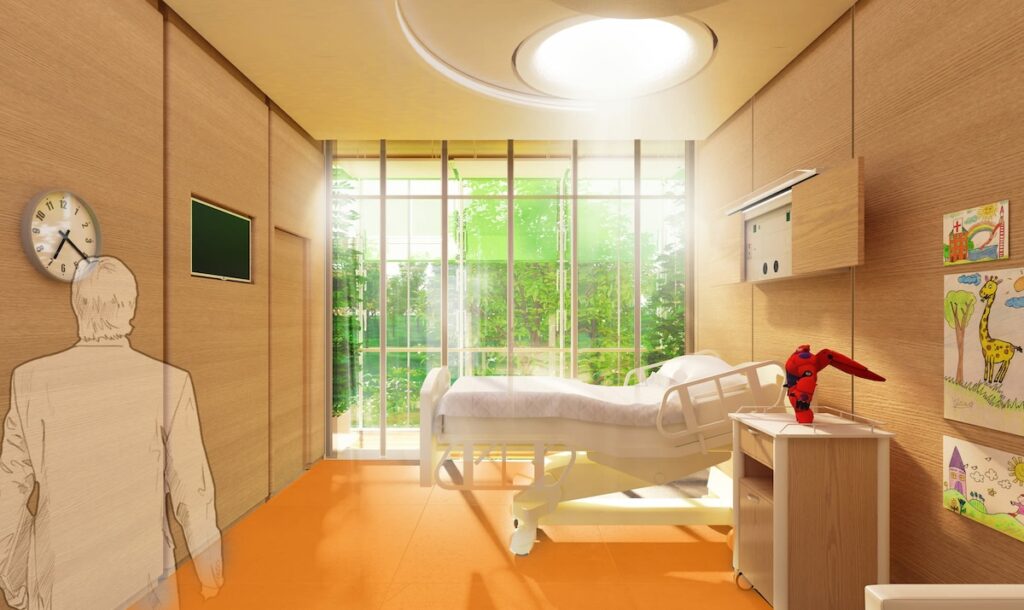
Building this bridge is essential for communication with architects who may not be accustomed to thinking about expectations or emotions.
In market scenarios, discussions often revolve around financial metrics and managerial perspectives. To capture their attention, we must start with a tangible tool that initiates dialogue and gradually introduces more profound concepts.
Architects need a meeting point that facilitates encounters and creates new directions, where different worlds connect, allowing architects to delve into the nuances of emotions, social dynamics, and various layers of experience.
Natalia: Could you provide examples of architecture that align with your philosophy?
Davide: I’ll mention architects rather than specific projects. Peter Zumthor, RCR Architects, Steven Holl, Toyo Ito, and Kengo Kuma are noteworthy. One outstanding project is the Vatican Chapel designed by Eduardo Souto de Moura.
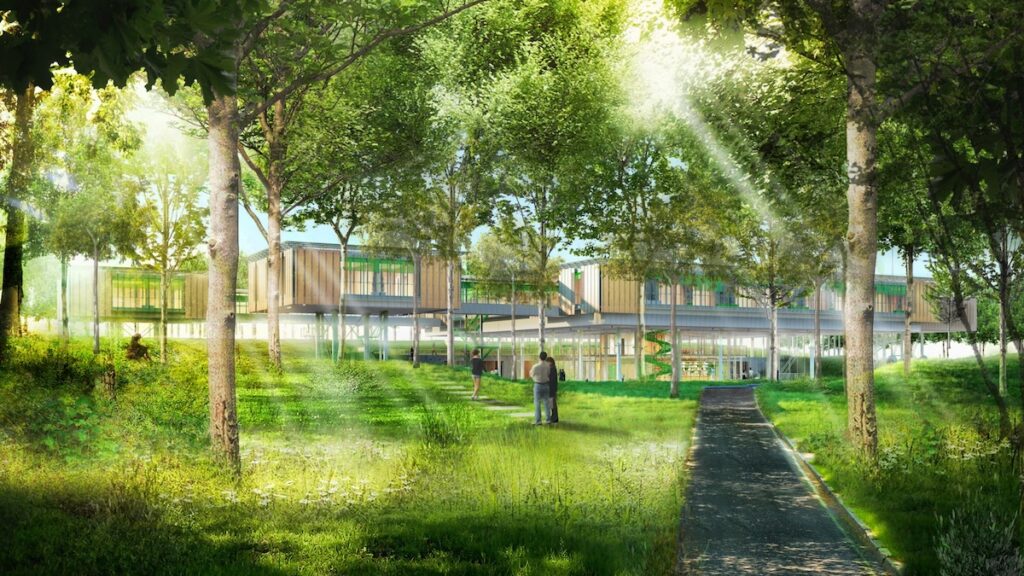
It deviates from the conventional church concept, offering a space to rest and lay down, creating a unique sensation of being attracted to the ground. This poetic experience reinterprets the relationship with spirituality, moving away from fear towards confidence.
Another remarkable project is Renzo Piano’s hospice for children in Bologna. While technologically distinct, its topological dimension is poetically beautiful. The building, suspended on steel legs, embeds rooms within the body of trees. Inspired by Italo Calvino’s novel “Il Barone Rampante,” where a child lives in trees, Piano’s hospice creates a dreamlike escape for children, fostering a sense of lightness.
This poetic dimension resonates with childhood memories of climbing trees to escape stress. The hospice reflects on universal themes, embracing a dreamlike quality in architecture.
Subscribe to Venetian Letter
You will receive our regular newsletter with blog posts, interviews, books and events on human-focused architecture and urban design.